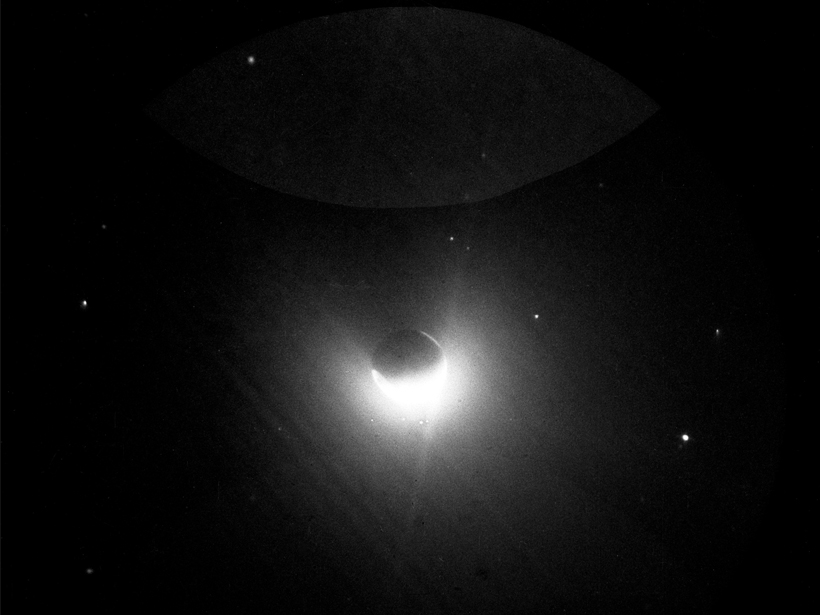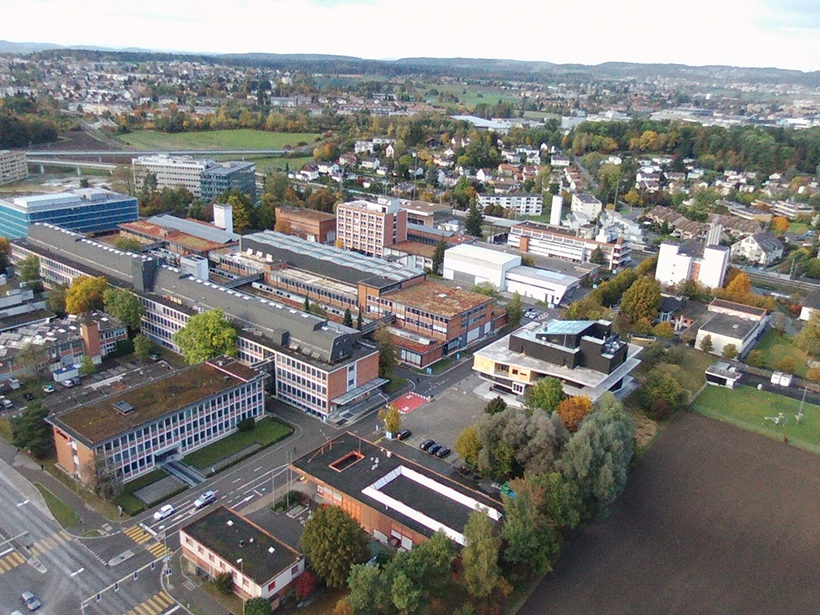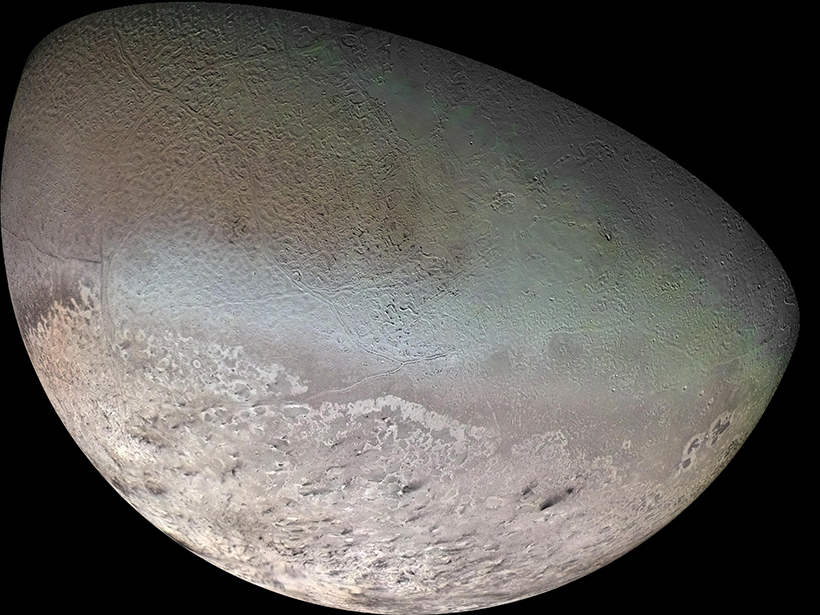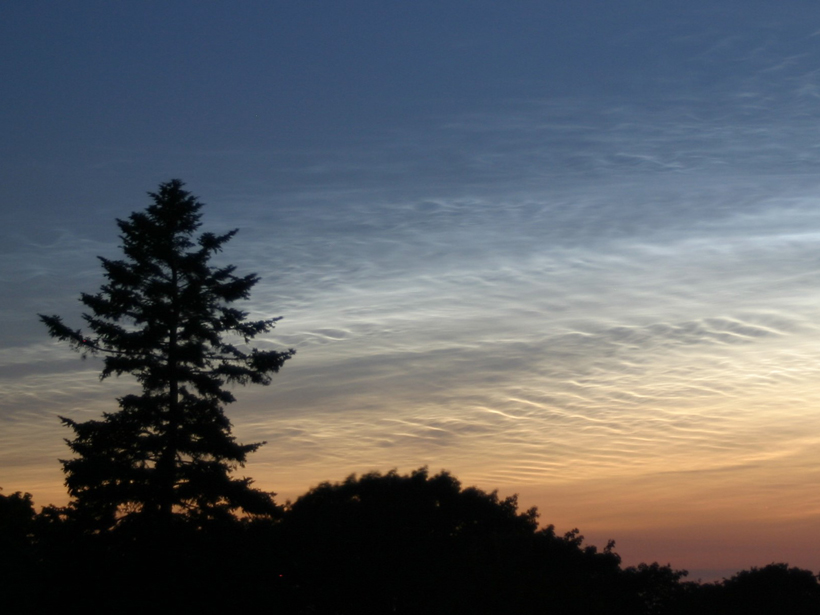After geomagnetic storms, Earth’s corona abruptly increases in hydrogen density. For the first time, serendipitous observations have allowed researchers to investigate why.
Research Spotlights
Research spotlights are plain-language summaries of recent articles published in AGU’s suite of 24 journals.
New Technique Could Help Scientists Track Nitrous Oxide Sources
A long-term study in Switzerland reveals the promise of a new method to determine isotopic composition of the potent greenhouse gas.
Modeling Ocean Waves over Rocky Reefs
A field survey in Australia links rugged seafloor terrain to erosion-causing waves.
Can Water Vapor Help Forecast When a Volcano Will Blow?
A widely used technique to monitor sulfur dioxide was tweaked to focus on water vapor at Peru’s Sabancaya Volcano. Results show that the volcano steamed up prior to its 2016 eruption.
Where Are the Electrical Currents in the Enceladus Plume?
A plume of water ice that escapes Saturn’s moon Enceladus should be coursing with electrical currents, but data are mixed. Now simulations suggest that a sticky dust cloud may shield signals.
How Storm Turbulence Can Spark Lightning
The turbulent pockets of air inside storms can help to build up static electricity in the atmosphere, according to a new study.
Time, Tides, and Wandering Poles
Models of Neptune’s moon Triton reveal curious behavior in how tidal forces and mass anomalies cause the poles to reorient their location.
Sorting Waves in the Sky
Gravity waves in the atmosphere drive weather around the globe. A new study helps interpret gravity wave data and identify annual patterns of this atmospheric mechanism.
Changes in Groundwater Flow Affect Nitrogen Cycling in Streams
Overpumping and other activities that affect groundwater levels could combine with increased nitrogen runoff to amplify threats to human and environmental health.
Curiosity Spies Shifting Sands on Mars
Images from the rover’s pioneering encounter with sand dunes on Mars constrain wind speeds required to move sand in the thin Martian atmosphere.










